GPCR/G protein
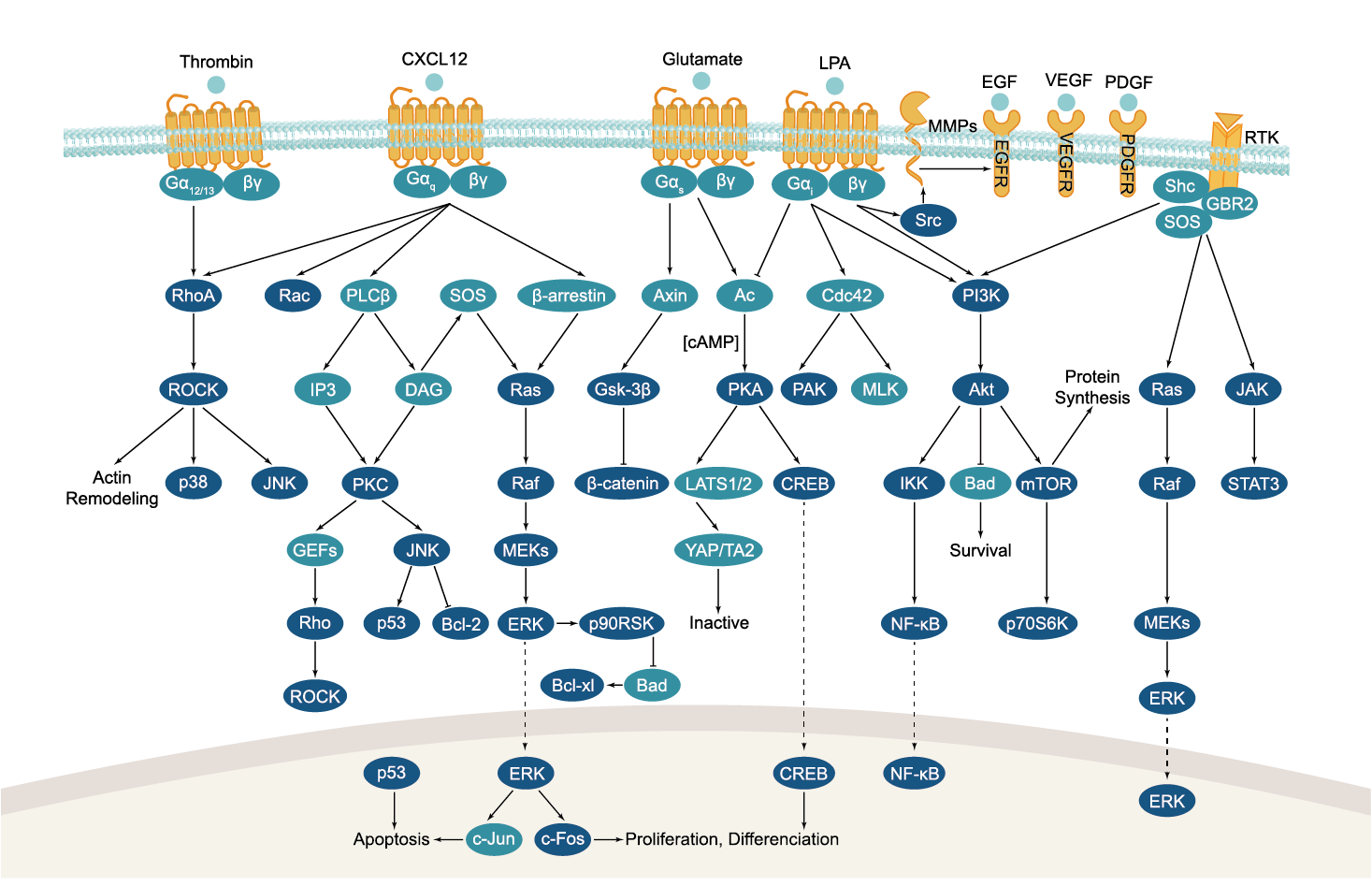

All GPCRs share a common seven trans-membrane structure. GPCRs are associated with heterotrimeric G-proteins which are GTP-binding proteins made of alpha, beta, and gamma subunits. When a ligand binds to GPCR, it activates the attached G-protein, the GDP is replaced with GTP. The activated G-protein then dissociates into an alpha and a beta-gamma complex which activates downstream signaling pathways. These intracellular signaling pathways include cAMP/PKA, calcium/NFAT, phospholipase C, protein tyrosine kinases, MAP kinases, PI-3-kinase, nitric oxide/cGMP, Rho, and JAK/STAT.
GPCRs are one of the most important therapeutic targets for various diseases, over 30% of all modern medicinal drugs target this family. Aberrant GPCR functions are involved in pathological conditions such as neurological, immunological and hormonal disorders. A large number of GPCRs have been identified, but whose ligands are not known, are classified as orphan receptors.
-
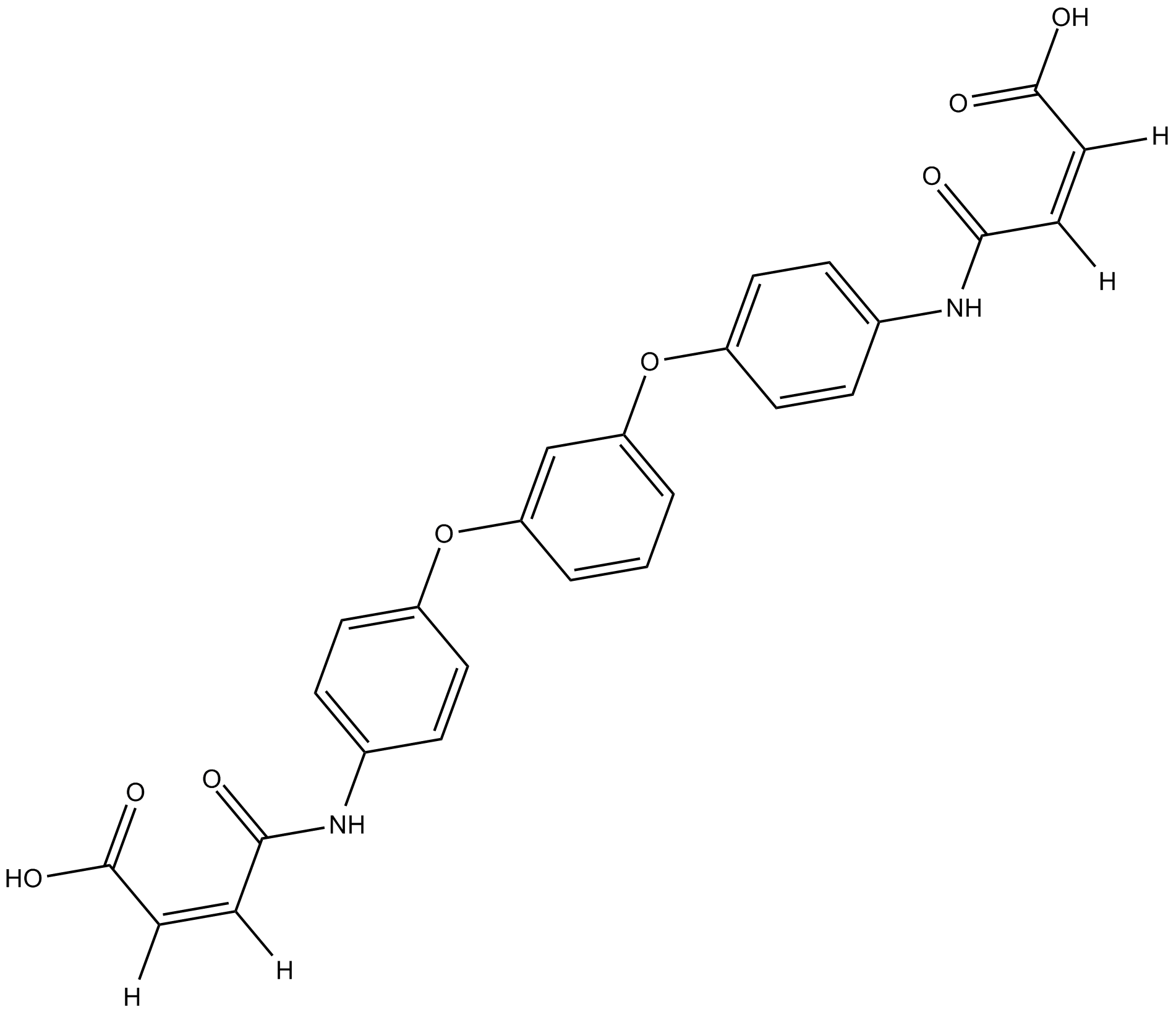 B5748 H2L5186303Summary: lysophosphatidic acid 2 (LPA2) receptor antagonist
B5748 H2L5186303Summary: lysophosphatidic acid 2 (LPA2) receptor antagonist -
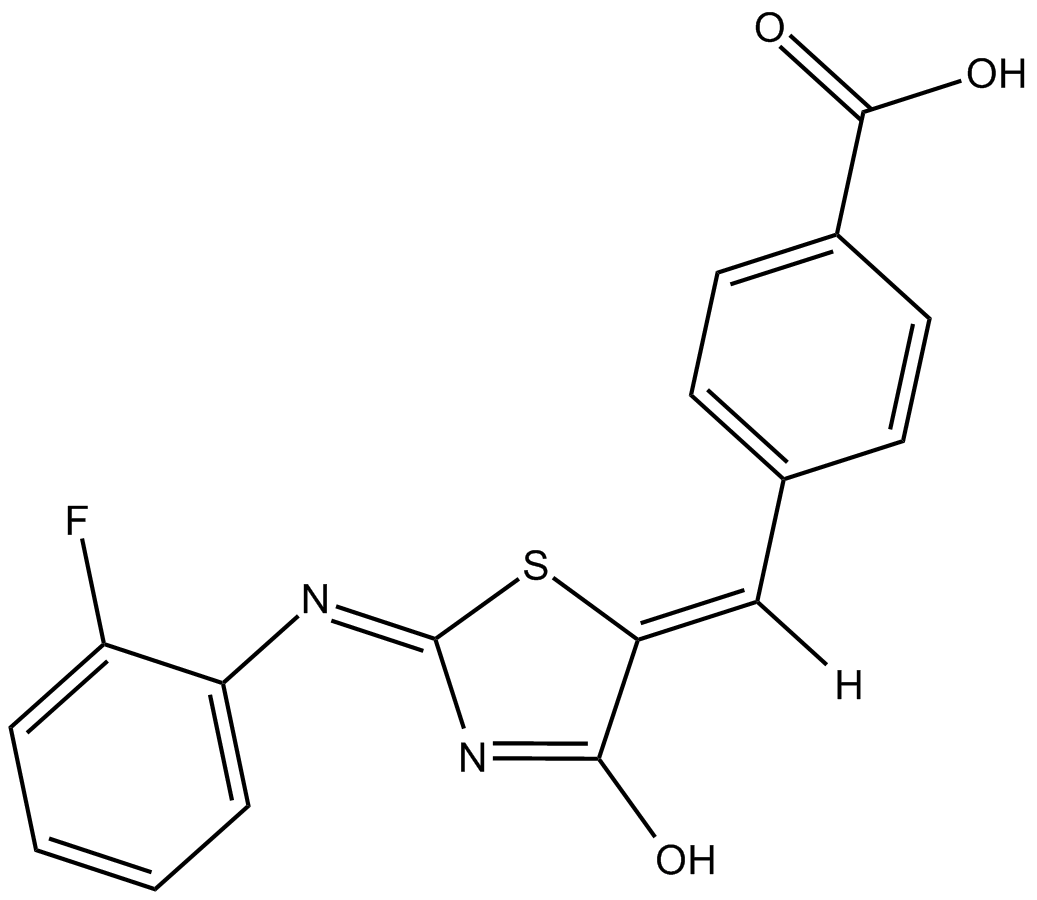 B5749 TC-G 1001Summary: GPR35 agonist
B5749 TC-G 1001Summary: GPR35 agonist -
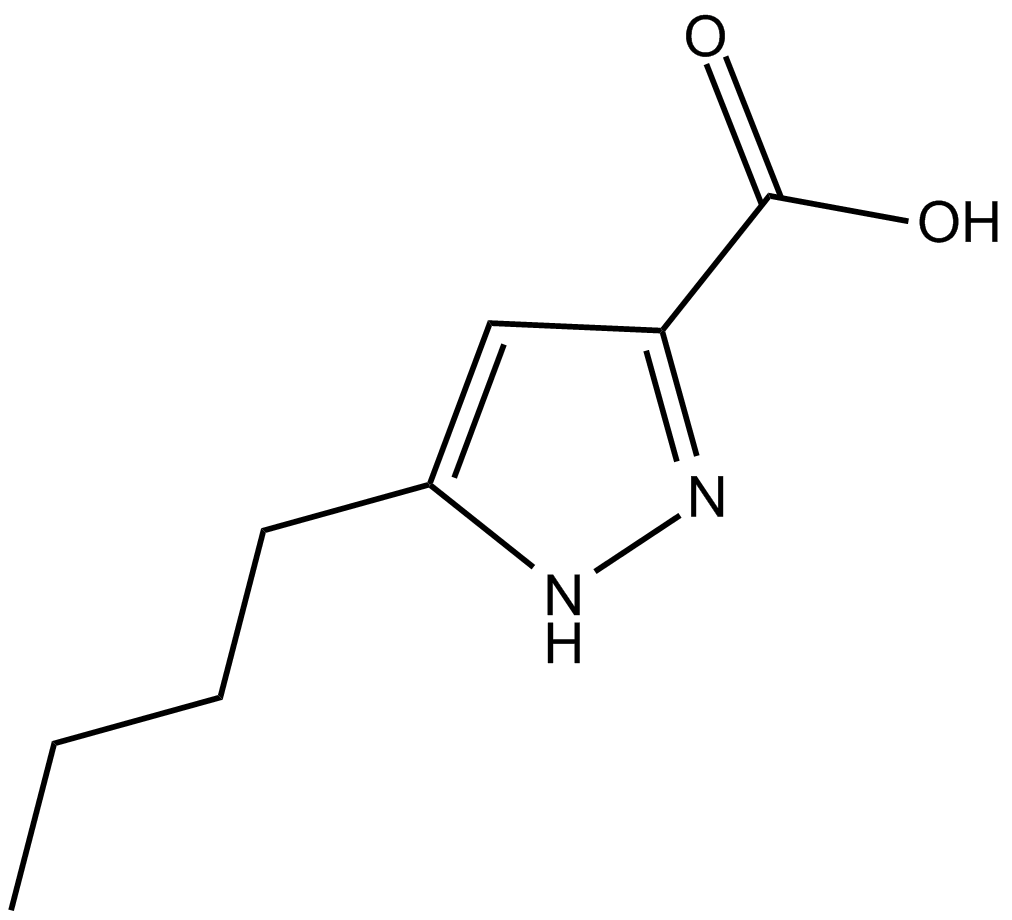 B5751 LUF 6283Summary: partial agonist of hydroxycarboxylic acid receptor 2 (HCA2)
B5751 LUF 6283Summary: partial agonist of hydroxycarboxylic acid receptor 2 (HCA2) -
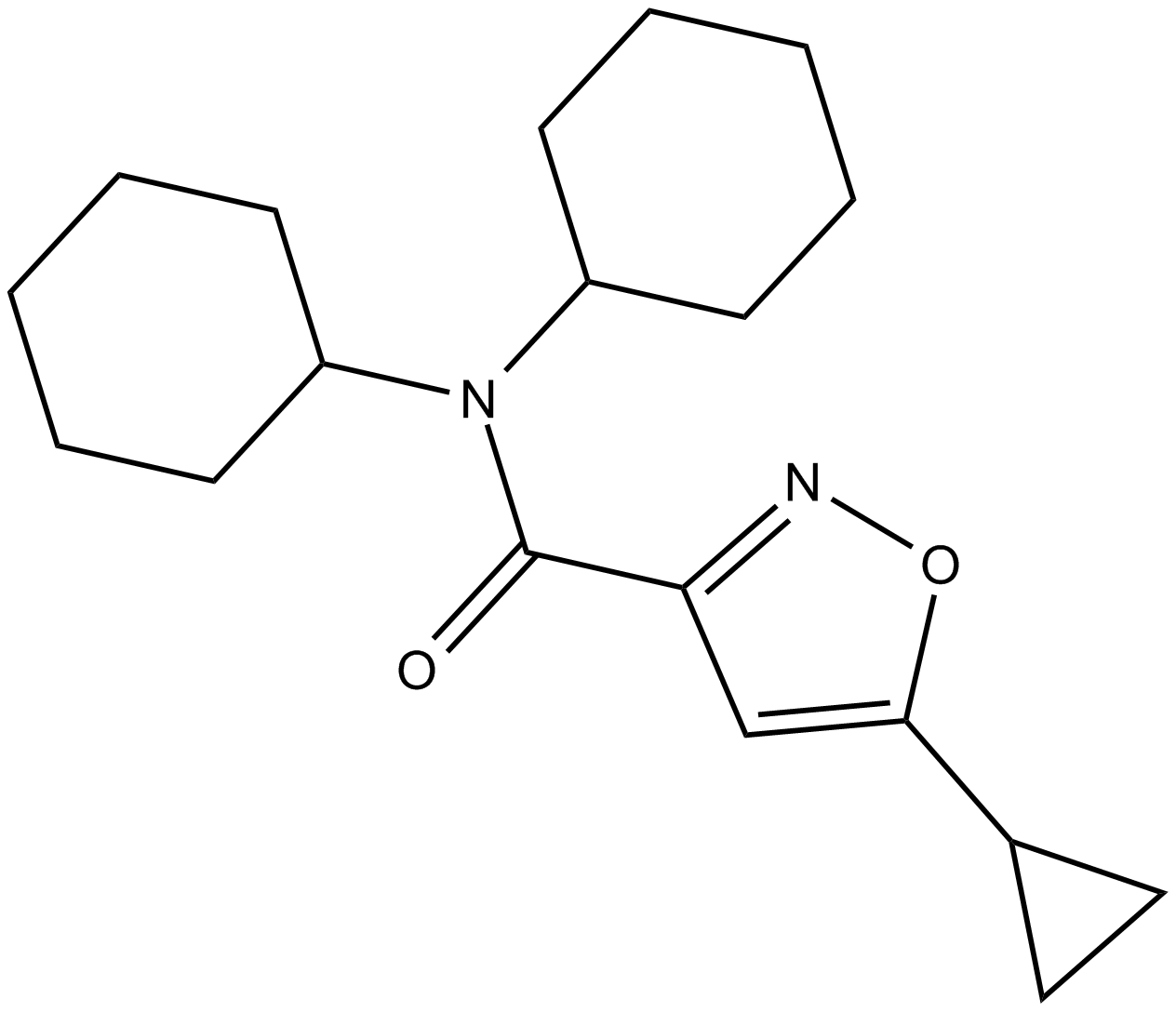 B5755 CYM 5541Summary: sphingosine-1-phosphate receptor 3 (S1P3) allosteric agonist
B5755 CYM 5541Summary: sphingosine-1-phosphate receptor 3 (S1P3) allosteric agonist -
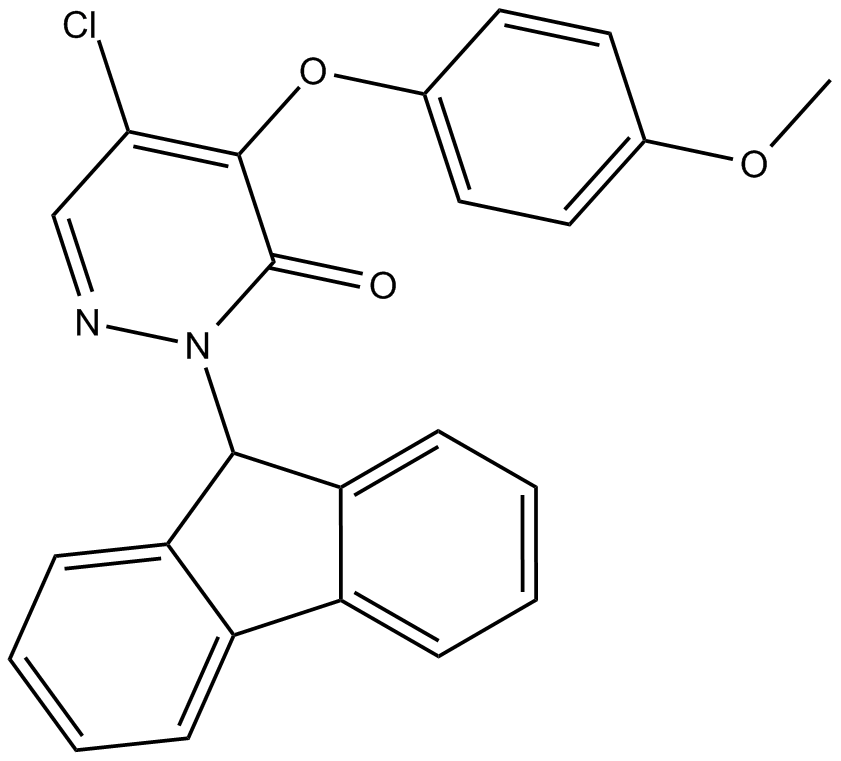 B5776 CYM 50769Summary: neuropeptide W/B receptor 1 (NPBWR1, GPR7) antagonist
B5776 CYM 50769Summary: neuropeptide W/B receptor 1 (NPBWR1, GPR7) antagonist -
 B5778 SA 4503 dihydrochlorideSummary: σ1 receptor agonist
B5778 SA 4503 dihydrochlorideSummary: σ1 receptor agonist -
 B5787 ACT 335827Summary: Orexin receptor 1 antagonist,potent and selective
B5787 ACT 335827Summary: Orexin receptor 1 antagonist,potent and selective -
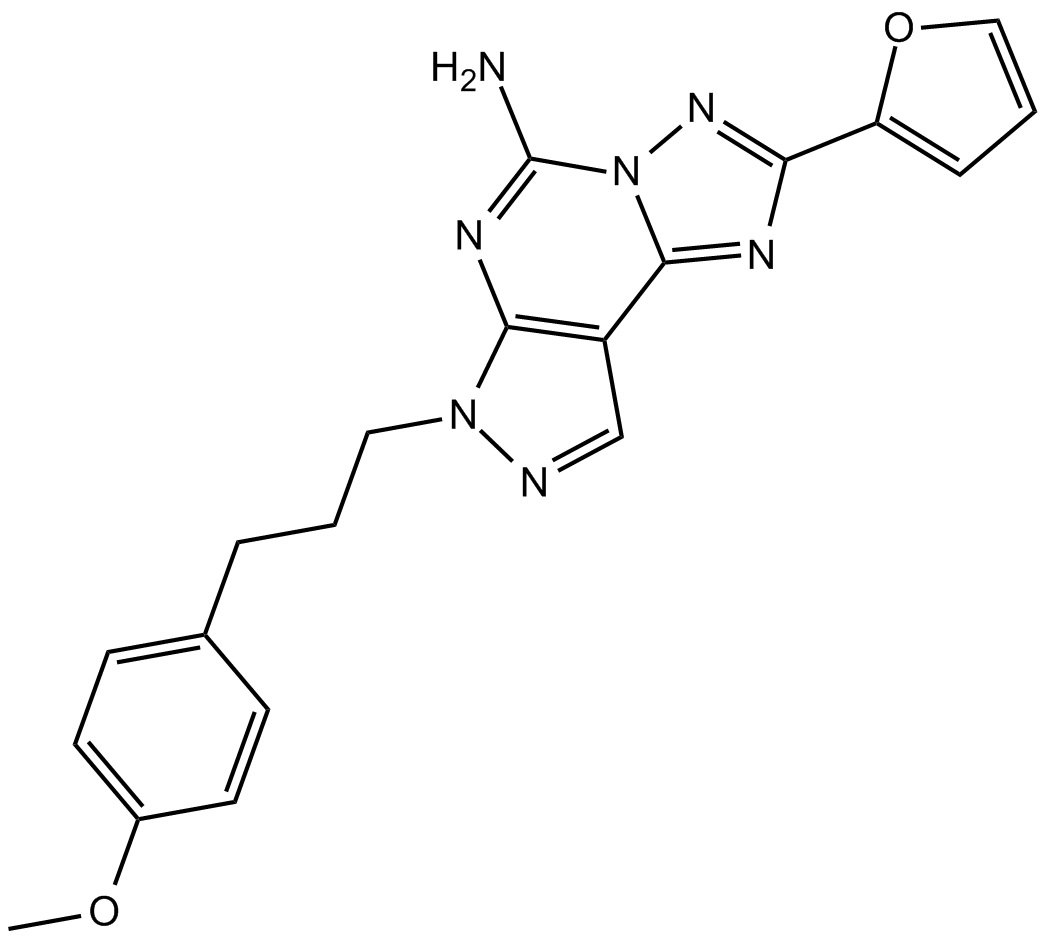 B7065 SCH 442416Summary: adenosine A2A receptor antagonist
B7065 SCH 442416Summary: adenosine A2A receptor antagonist -
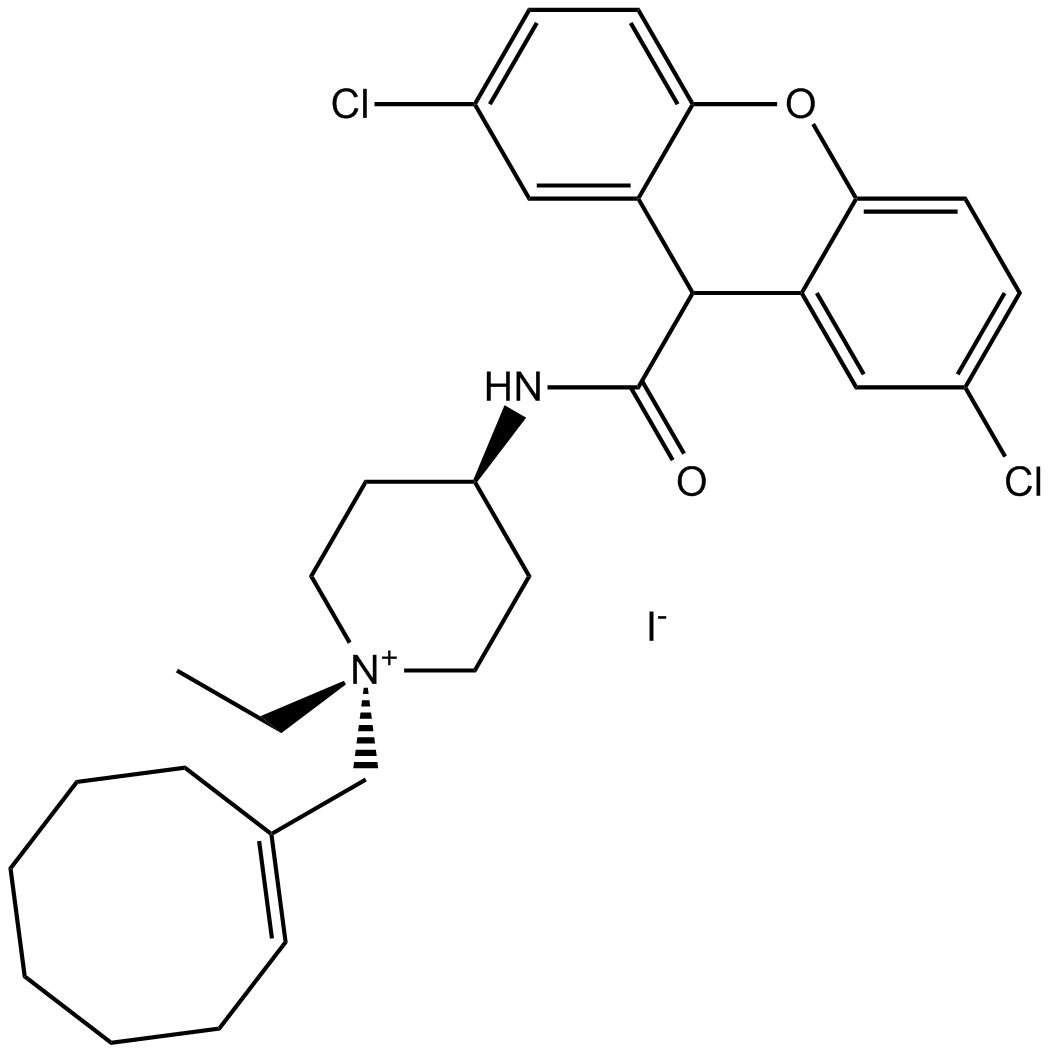 B7118 J 113863Summary: chemokine receptor 1 (CCR1) antagonist
B7118 J 113863Summary: chemokine receptor 1 (CCR1) antagonist -
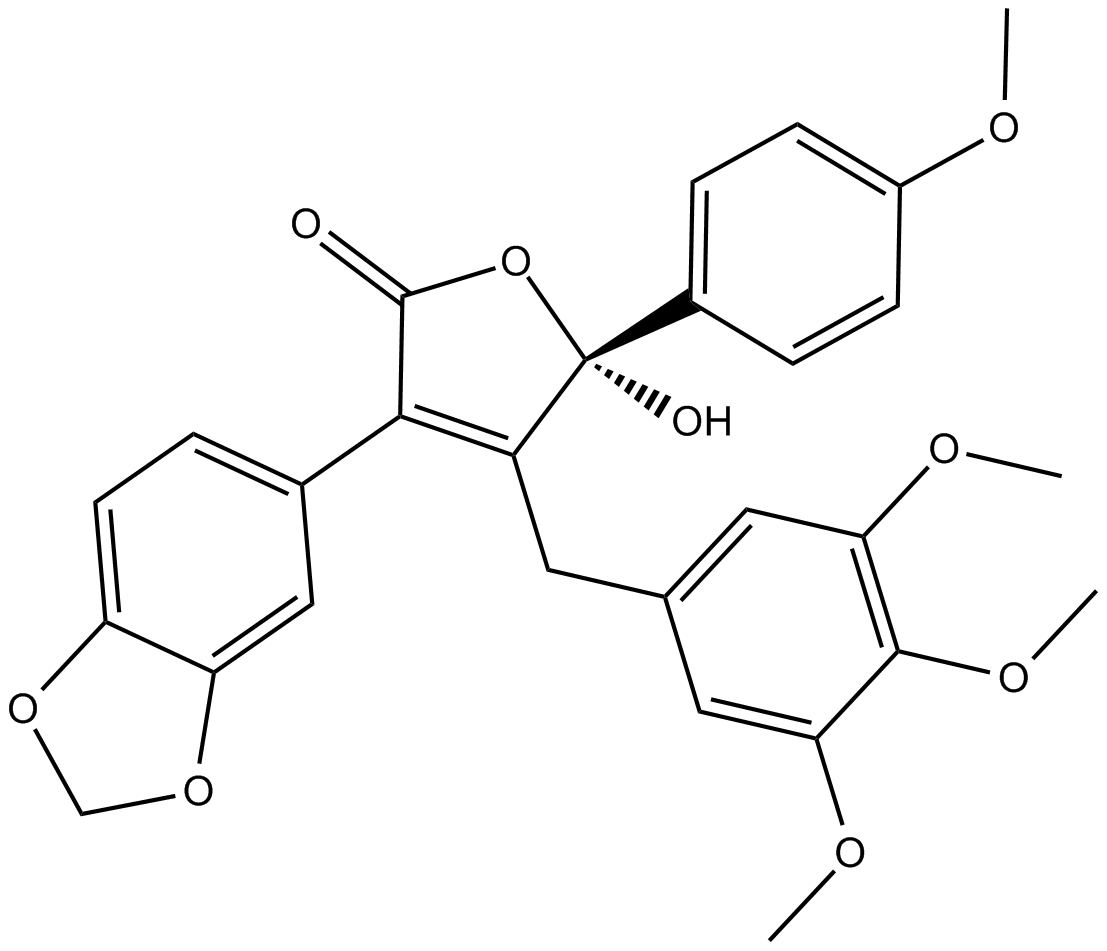 B7228 CI 1020Summary: endothelin-A receptor (ETA) antagonist
B7228 CI 1020Summary: endothelin-A receptor (ETA) antagonist


